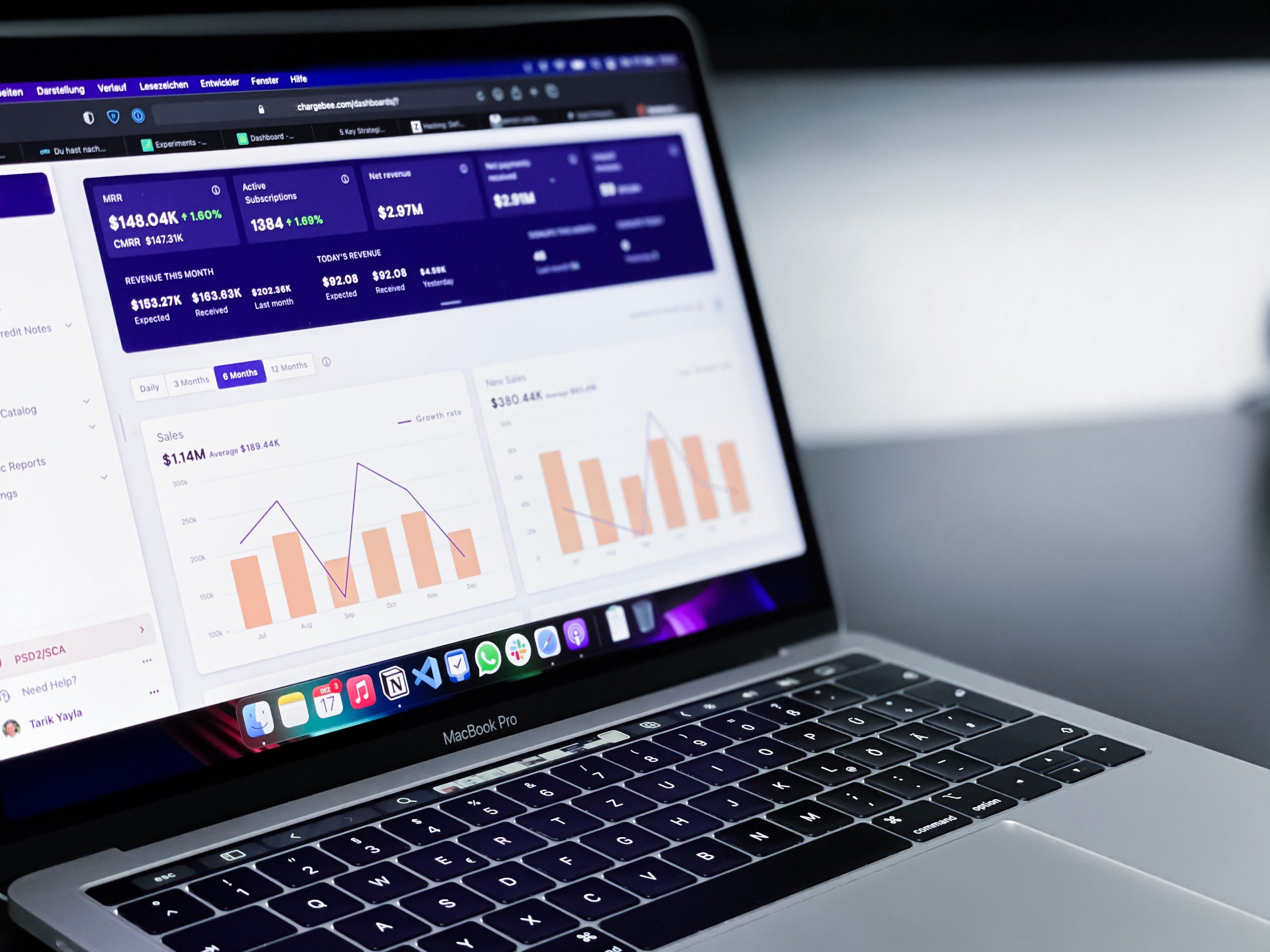The Min/Max inventory method is a reordering strategy that sets a trigger to reorder when the minimum value is reached. Then it orders the necessary to reach the maximum, or the new stock level following the order.
The difference between the max and min levels is the economic order quantity (EOQ).
Although the Min/Max model is one of the earliest inventory replenishment models, it is not very refined. Let’s understand why.
Min/Max in practice
As we established, the Min/Max method is one of the first used in enterprise software to inventory management and one of the simplest, using basically two measures.
It tracks the current total stock level, which is the stock-on-hand plus the stock-on-order and when it reaches the min value, a reorder is triggered. The reorder quantity targets the max value for the new total stock level.
Before it was possible to dynamic adjust Min/Max for different scenarios, it was mainly a static method, where the values didn’t change a lot during the cycles.
Advantages of Min/Max
First and foremost, the greatest advantage of the method is that its very simple when compared to other possibilities. So, it doesn’t need a lot of data and a much deeper analysis.
Also, when applied to a constant demand, that don’t suffer with a lot of variability, it can sustain operations and be effective. Because it attempts to keep on-hand inventory into a specific range, it also doesn’t need a lot of evaluation.
Its usual to Min/Max model to integrate with the ABC Analysis, where you estipulate which of the items are more important and from there you manage how you going to operate your orders trough the cycle and operations.
Finally, Min/Max can actually work with business with demands that aren’t much complex and doesn’t change a lot. But because of its simplicity, it has a lot of disadvantages that we’ll talk about next.
Disadvantages of Min/Max
The minimum and maximum model is the policy that brings the least stability and can generate disruption or overshoot. This is because it does not consider the invariability of the market.
This model does not consider uncertainties, such as a sudden increase in demand or changes in the market. An optimized policy considers external factors such as macro and micro economic data and seasonality to predict demand.
When the minimum doesn’t consider the variability, it may be exactly that difference that will lead to a stockout. One of the problems of the model is setting the minimum based on previously decided values.
A fix point for minimum and maximum can lead to excessive stock, increasing costs and minimizing profitability.
Finally, the policy doesn’t give you security in any of the aspects. Its hard to manage and the gains in terms of optimization of stock aren’t as good as other possibilities.
So, it will lead to a constant excessive stock or a frequently stockout, since its not considering variability, seasonal changes and external factors on micro and macroeconomics.
In sum
As any established model, the Min/Max has its uses and functionalities and can maintain operations on a certain level of activity and even contribute to a more profitable business.
But as it doesn’t consider a lot of imprecisions and uncertainties, its not very effective in a very mutable environment where the demand is not precise and changes a lot.

